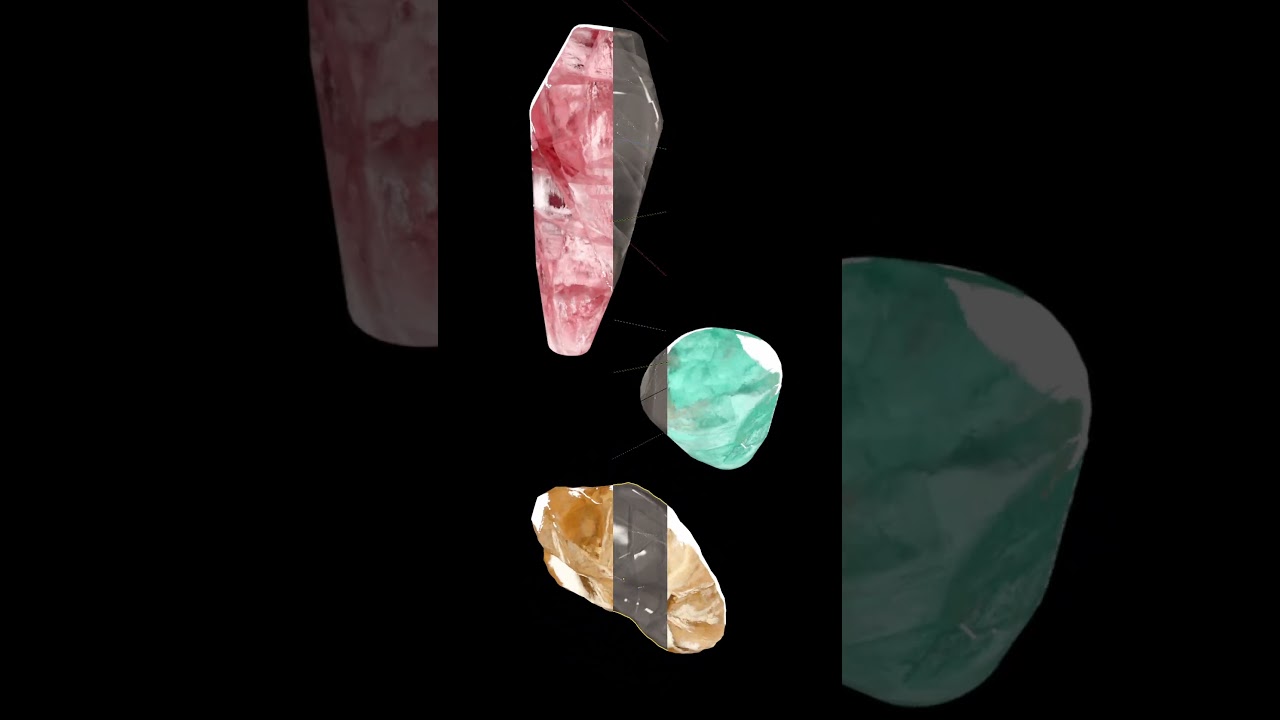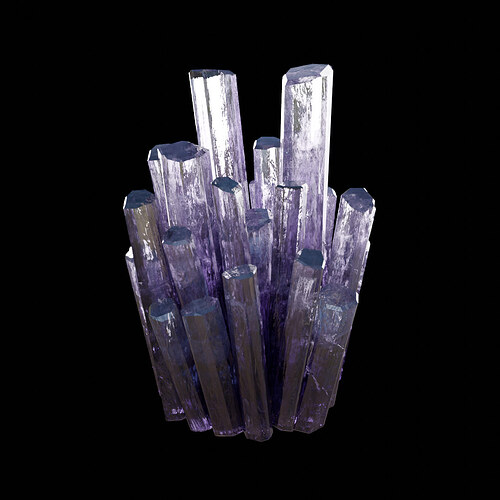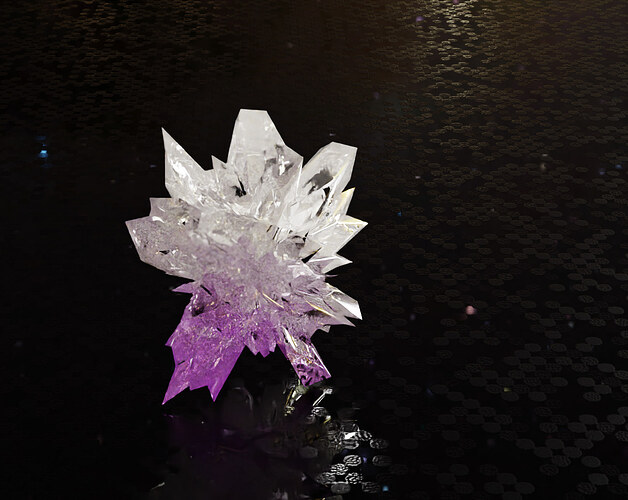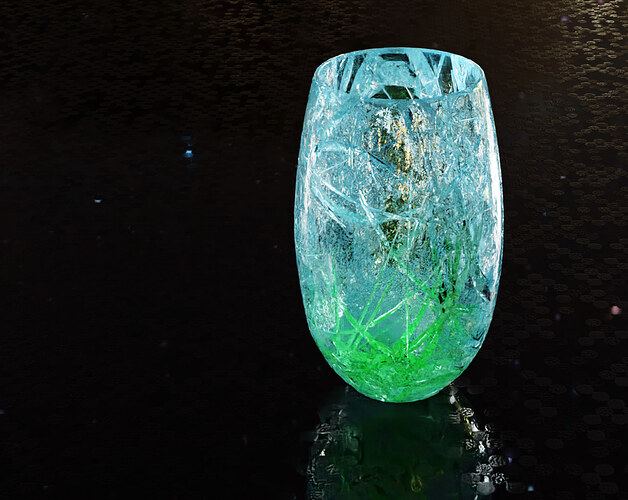Hi all,
I just released tutorial about a very cool system to make procedural crystals with internal cracks using geonodes and a simple shader system.
I used this for a bunch of clients work so I put together this cleaned up version in case it might be of use to someone!
Here is a teaser of the effect in action:
And the full tutorial:
Also the files are available for free on my gumroad for those interested!
Hope that can be useful to some of you!
5 Likes
Hello Alexandre,
Very useful and easy to implement !
With a very convincing result, I imagine, for rock crystal, cracked glass or ice …
Just a small “hiccup” for the clusters.
Thank you very much for the work and for sharing.
Cheers
1 Like
Glad you had such success with my method!
By cluster do you mean several disjoint closed meshes in the same object?
Cheers,
Alexandre
I was thinking of trying this, since my clusters are a single mesh object …
Is this the solution (dissociate all the crystals) ?
With some I’ll have a little bit of work 

See you
Another solution which could work depending on your clusters is to lower the size of the instanced planes in the geonodes setup so that instead of having cracks the size of your whole cluster, they are more or less the size of a single crystal.
Also in this case it might be better to use the distribute points in volume node to create points on which to instance the planes, but the density can be tricky to get right depending on the scale.
1 Like
Just a quick test, it’s OK !
Thank you for the details and the ideas, especially to manage the distribution / concentration in the volume, I will do some trials.
1 Like
Hello,
For first test, I have simply disconnected the layout-frame “Fix Cracks Size” and I have connected another with boolean operation :
And some results (2k samples + denoise):
See you
Looks really nice congrats!
The “7150ms” is one of the reason why I don’t like the boolean node haha, also from testing sometimes it resulted in incosistent cracks which kept some parts of the source mesh so there was a bunch of z-sorting issues due to overlapping meshes which also throws off the transparent materials, but it seems to work in yout case!
Thanks.
Yes, indeed, it is a little heavy !







